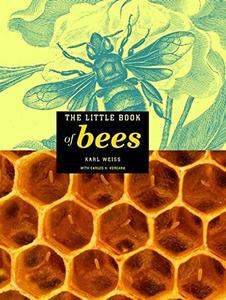New Frontiers in Bryology: Physiology, Molecular Biology and Functional Genomics by Andrew J. Wood, Melvin J. Oliver, David J. Cove
English | PDF | 2004 | 208 Pages | ISBN : 1402019963 | 23.6 MB
The mosses (Bryophatea, Musci) are a diverse and widely distributed group of land plants. Mosses are attractive experimental plants because they exhibit the traditional attributes of good model systems (Le. ease of growth & maintenance, fast generation time, and amenable genetics) with the added advantage of a haploid gametophyte that allowed developmental mutants to be recovered with relative ease. In addition, mosses with the ability to tolerate extreme environmental conditions offer realistic models for the analysis of environmental stress-tolerance; particularly when compared to tracheophytes such as Arabidopsis thaliana in which these important plant phenotypes are either not clearly expressed or entirely lacking. And, in one of the most exciting developments in Plant Biology, efficient homologous recombination occurs in the moss Physcomitrella patens.




